Discover the essential guide to pediatric flatfoot, including causes, symptoms, and effective management strategies. Empower your child with the knowledge and tools for healthier feet. Learn more now!
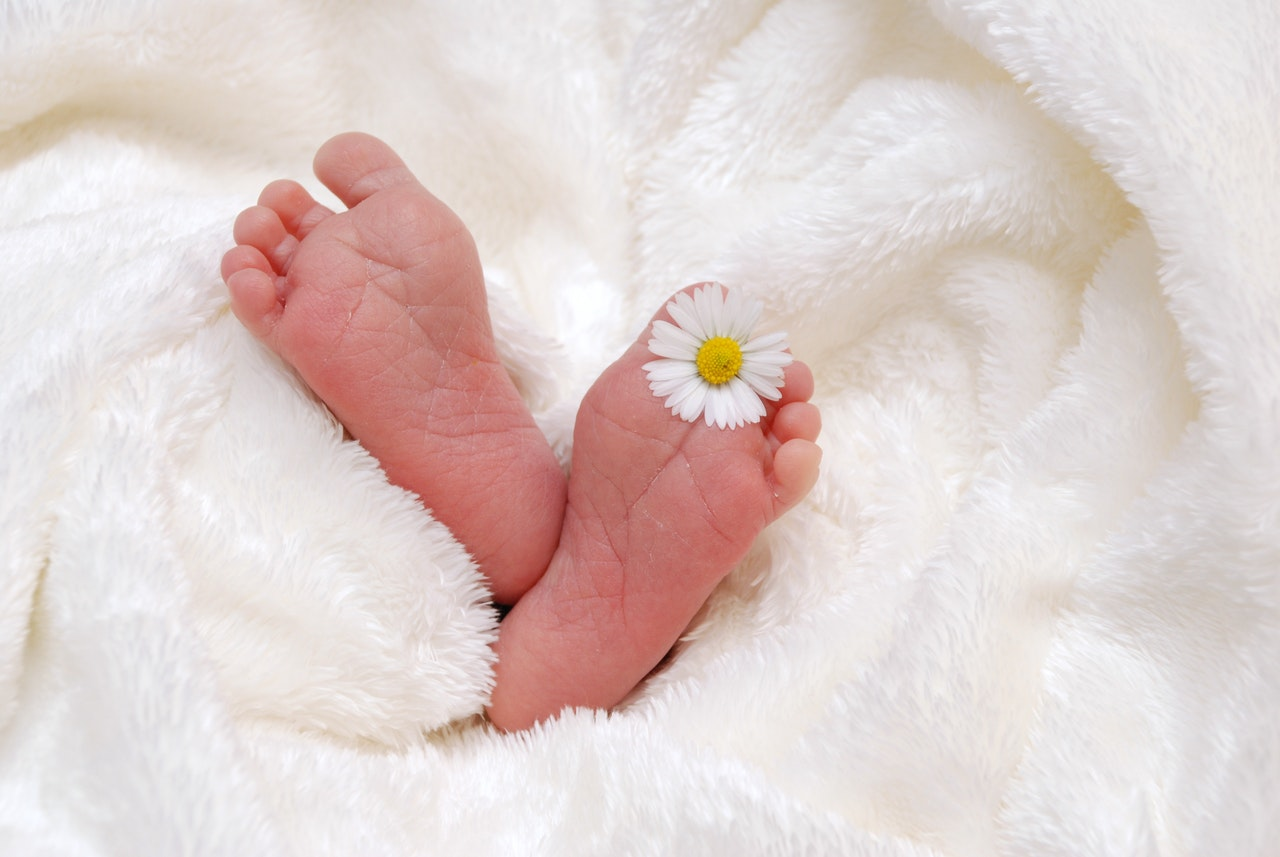
Introduction
Pediatric flatfoot, a condition often unnoticed, can significantly impact a child’s life, from their walking patterns to their participation in activities. This condition, characterized by a flattened arch in the foot, varies from flexible to rigid types, each presenting unique challenges. Our in-depth article sheds light on the causes, symptoms, and management strategies to support your child’s foot health and development.
Table of Contents
What is Pediatric Flatfoot?

Causes of Pediatric Flatfoot
Heredity
Children may inherit flat feet from their parents, suggesting that aspects like the shape of bones, the elasticity of ligaments, and muscle strength can be passed down through families.
Developmental Reasons
The same genetic factors that contribute to heredity also play a role in developmental causes, with children of parents with flat feet more likely to develop the condition due to inherited foot structures.
Flexibility of Ligaments
Some children have more flexible ligaments, leading to a condition known as flexible flatfoot. This means their arch appears when not bearing weight but flattens under the pressure of standing.
Excess Weight
Being overweight can put extra pressure on the feet, potentially causing or worsening flatfoot. The additional strain can flatten the foot’s arch more than usual.
Neurological or Muscular Disorders
Flatfoot can also be a result of conditions that affect muscle strength and neurological control, like cerebral palsy, muscular dystrophy, or spina bifida, which alter the support of the foot’s arch.
Tarsal Coalition
This condition involves an abnormal connection between two or more tarsal bones in the back of the foot, limiting joint movement and leading to a consistently flat arch regardless of the child’s posture.
Injuries
Injuries such as fractures or severe sprains can change the structure of the foot, potentially leading to flatfoot. These injuries can affect the bones, ligaments, and tendons that support the arch, altering its shape and function.
Recognizing Signs of Pediatric Flatfoot
Pediatric flatfoot often goes unnoticed as it typically doesn’t cause pain in children. However, certain indicators can signal the need for further examination:
| Arch Disappearance: The clearest sign is when the child’s foot arch is not visible while standing, indicating a flattened or entirely absent arch. |
| Altered Gait: Changes in walking, such as toe walking or a limp, may occur as the child tries to reduce discomfort. |
| Back Pain: The change in walking due to flatfoot can lead to lower back pain as the body compensates for the imbalance. |
| Foot Discomfort: While not all children express pain, some may experience discomfort in their feet, ankles, or lower legs, especially after physical activity. |
| Difficulty Finding Shoes: Children with flatfoot may have trouble finding comfortable shoes due to the unique shape of their feet. |
| Toe Walking Preference: Choosing to walk on toes rather than the full foot can be an attempt to alleviate discomfort. |
| Difficulty Finding Shoes: Children with flatfoot may have trouble finding comfortable shoes due to the unique shape of their feet. |
| Altered Gait: Changes in walking, such as toe walking or a limp, may occur as the child tries to reduce discomfort. |
| Back Pain: The change in walking due to flatfoot can lead to lower back pain as the body compensates for the imbalance. |
| Foot Discomfort: While not all children express pain, some may experience discomfort in their feet, ankles, or lower legs, especially after physical activity. |
| Swelling: The inside bottom of the foot may swell after prolonged standing or physical activity. |
| Ankle Swelling: Along with foot swelling, the ankles may also swell after activity or prolonged standing. |
| Cramps: Cramping in the feet or legs can signal strain from lack of arch support. |
| Pain with Activity: Children may not complain of constant pain but might mention arch discomfort during or after intense physical activity. |
| Increased Fatigue: The extra strain on their feet and legs can make children with flatfoot tire more quickly than their peers during physical activities. |
| Reluctance Towards Physical Activities: Discomfort or instability from flat feet might deter a child from engaging in physical activities. |
| Morning Stiffness: Children might feel stiffness in their feet upon waking or after sitting still for long periods, making initial movements uncomfortable. |
| Loss of Interest in Activities: A noticeable decrease in enthusiasm for physical activities, particularly if foot discomfort is mentioned, could be a sign. |
| Overpronation: An excessive inward roll of the foot during walking or running is typical in flatfoot, leading to uneven shoe wear. |
| Calluses or Blisters Formation: Unusual walking patterns may cause calluses or blisters in uncommon areas due to high pressure or friction. |
Identifying these symptoms early is key to seeking the right consultation and treatment, ensuring the child’s comfort and healthy foot development.
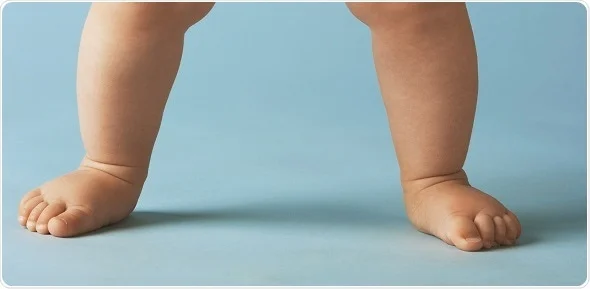
When to Consult a Healthcare Professional
Consultation with a healthcare professional is advised if your child consistently experiences pain, shows no visible arches by age five, or has a noticeable change in walking patterns. A professional assessment can determine the condition’s specifics and recommend an appropriate treatment plan.
Strategies for Managing Pediatric Flatfoot
For children with flexible flatfoot who experience no pain, intervention may not be necessary, as the condition often resolves with growth. However, for those with discomfort or diagnosed with rigid flatfoot, several management and support strategies can be beneficial.
Monitoring Progress
Observing the condition over time is crucial for children with painless flexible flatfoot. It’s common for the arch to develop naturally as the child grows.
Appropriate Footwear
Selecting shoes with good arch support and a firm heel counter is essential for stabilizing the foot. Shoes should fit correctly, offering enough room for toe movement without being too loose.
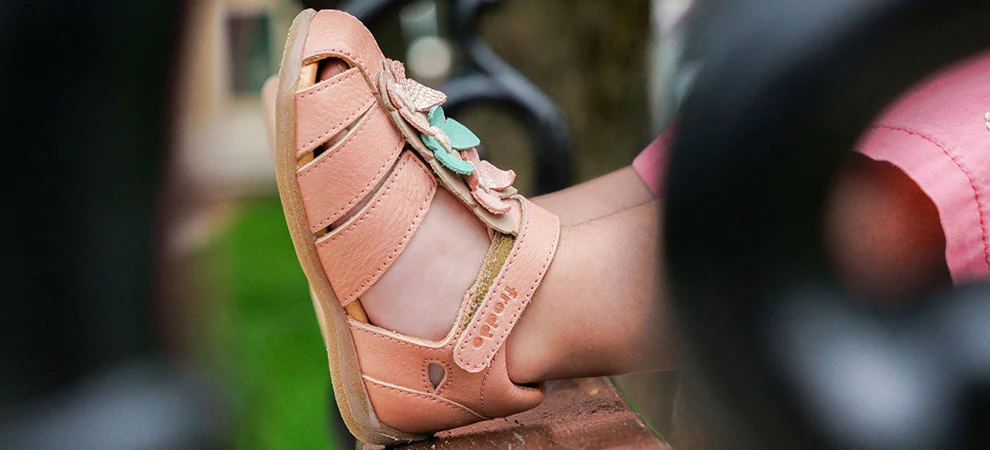
Orthotic Support
Orthotic inserts, whether custom-made or off-the-shelf, can provide necessary arch support, evenly distribute foot pressure, and address abnormal gait patterns associated with flatfoot.
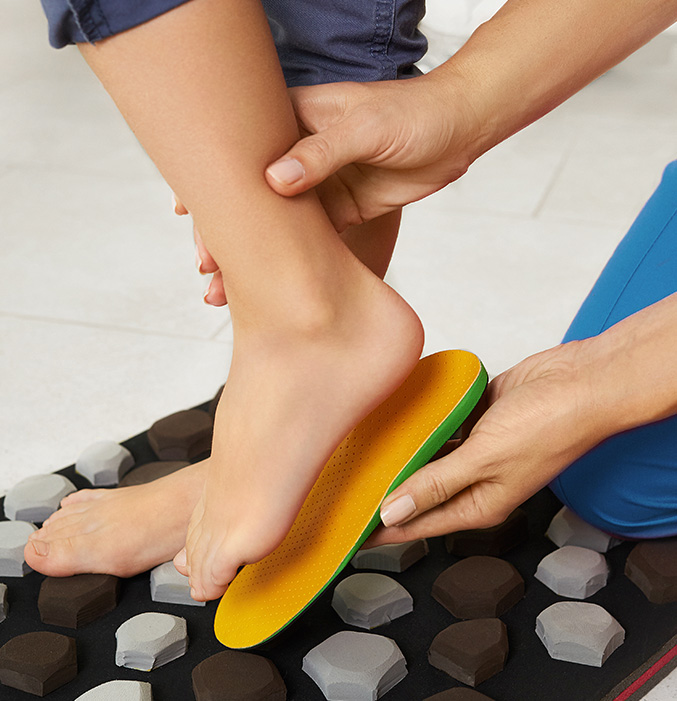
Exercise and Physical Therapy
Exercises aimed at strengthening the foot, ankle, and lower leg muscles can improve the foot’s structure and alleviate symptoms. Physical therapists might also suggest stretches to increase flexibility, particularly in the Achilles tendon.
Managing Body Weight
Achieving and maintaining a healthy weight can reduce the pressure on the feet and alleviate symptoms of flatfoot in overweight children.
Adjusting Activities
Encouraging low-impact sports like swimming or cycling can keep children active while minimizing stress on the feet. It’s also wise to limit activities that could exacerbate discomfort.

Managing Pain
For occasional pain resulting from flatfoot, children’s doses of over-the-counter pain relievers such as acetaminophen or ibuprofen can provide relief.
Considering Surgery
Though rarely needed, surgery might be an option for severe cases of rigid flatfoot that significantly affect pain or mobility, typically pursued after other treatments have failed to provide sufficient relief.
Regular Medical Follow-ups
Keeping regular appointments with a pediatrician or a specialist in pediatric orthopedics is important for monitoring the condition and adjusting treatment plans as the child grows, helping to prevent complications and ensure healthy foot development.

Promoting Foot Health in Children
Regardless of a flatfoot diagnosis, fostering foot health is crucial. Encourage regular physical activity, ensure children wear properly fitting shoes, and support a healthy weight to promote the development of strong and healthy feet.
Frequently Asked Questions
Q: What is pediatric flatfoot?
A: Pediatric flatfoot is a condition where the arch of the foot is less pronounced or entirely absent when a child stands, affecting their walking and overall foot health.
Q: How can I tell if my child has pediatric flatfoot?
A: Look for signs like a disappearance of the foot arch when standing, changes in walking patterns, difficulty finding comfortable shoes, and discomfort or pain after physical activity.
Q: What causes pediatric flatfoot?
A: Causes range from hereditary factors and ligament flexibility to excess weight, neurological or muscular disorders, and even injuries.
Q: Are there effective treatments for pediatric flatfoot?
A: Yes, treatments include monitoring the condition, choosing supportive footwear, using orthotic devices, engaging in physical therapy, and, in rare cases, considering surgery.
Q: When should I consult a healthcare professional?
A: If your child consistently experiences pain, shows no visible arches by age five, or has a noticeable change in walking patterns, it’s time to seek professional advice.
Conclusion
Understanding and managing pediatric flatfoot is crucial for ensuring your child’s comfort and promoting healthy foot development. By recognizing the signs early and adopting effective management strategies, you can help your child maintain an active, happy lifestyle free from the limitations of flatfoot. Remember, the key to healthy feet lies in regular care, appropriate footwear, and professional guidance when necessary. Empower your child to step confidently into a future of strong and healthy feet.

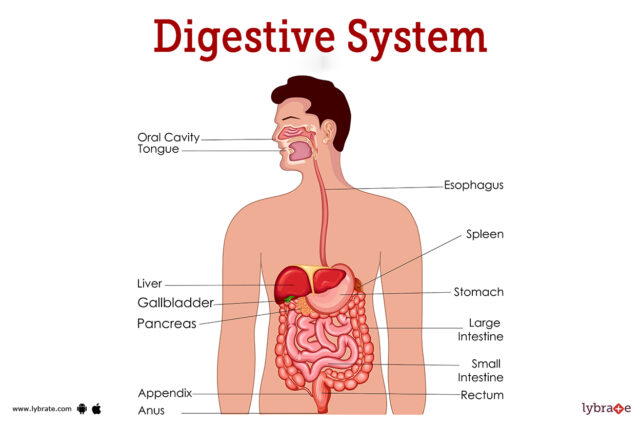
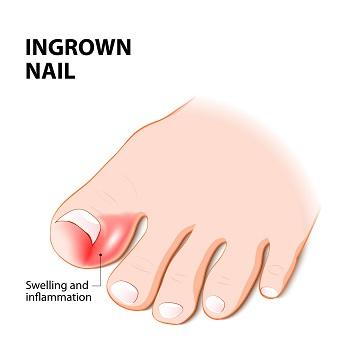
MOST COMMENTED
Animal-Based Proteins / Casein Protein / Dietary Protein / High-Protein Diets / Pea Protein / Plant-Based Proteins / Protein / Protein Deficiency / Protein Supplements / Proteins / Whey Protein / Whey Proteins
Is Protein Powder Safe for Teenagers and Children?
Animal-Based Proteins / Casein Protein / Dietary Protein / High-Protein Diets / Pea Protein / Plant-Based Proteins / Protein / Protein Deficiency / Protein Supplements / Proteins / Whey Protein / Whey Proteins
Unlock the Power of Proteins for Optimal Gut Health
Multivitamin
Total Health: Multivitamin for Active Lifestyles
Multivitamin
WellnessFusion: Complete Multivitamin Support
Dietary Supplement
Revitalize Your Health: The Magic of Red Yeast Rice Capsules
Foot care / Foot Health
Revitalize Your Foot Care Routine: Essential Tips for Optimal Foot Health
Foot Problem / Diabetics / Foot Health
Diabetics: Mastering Footwear Selection for Enhanced Foot Health and Ultimate Comfort
Exercises and Footwear Tips for Hammertoe Relief / Foot care / Foot Health / Foot Pain / Foot Problem / Hammertoes
Unlock Effective Exercises and Footwear Tips for Hammertoe Relief
Hammertoes / Foot Health / Foot Pain / Foot Problem
Unlock Relief: Essential Guide to Hammertoes Causes, Symptoms, and Treatments
Foot Problem / Foot Health
Revolutionize Your Recovery: Natural Remedies for Plantar Fasciitis – Fresh Home Keepers